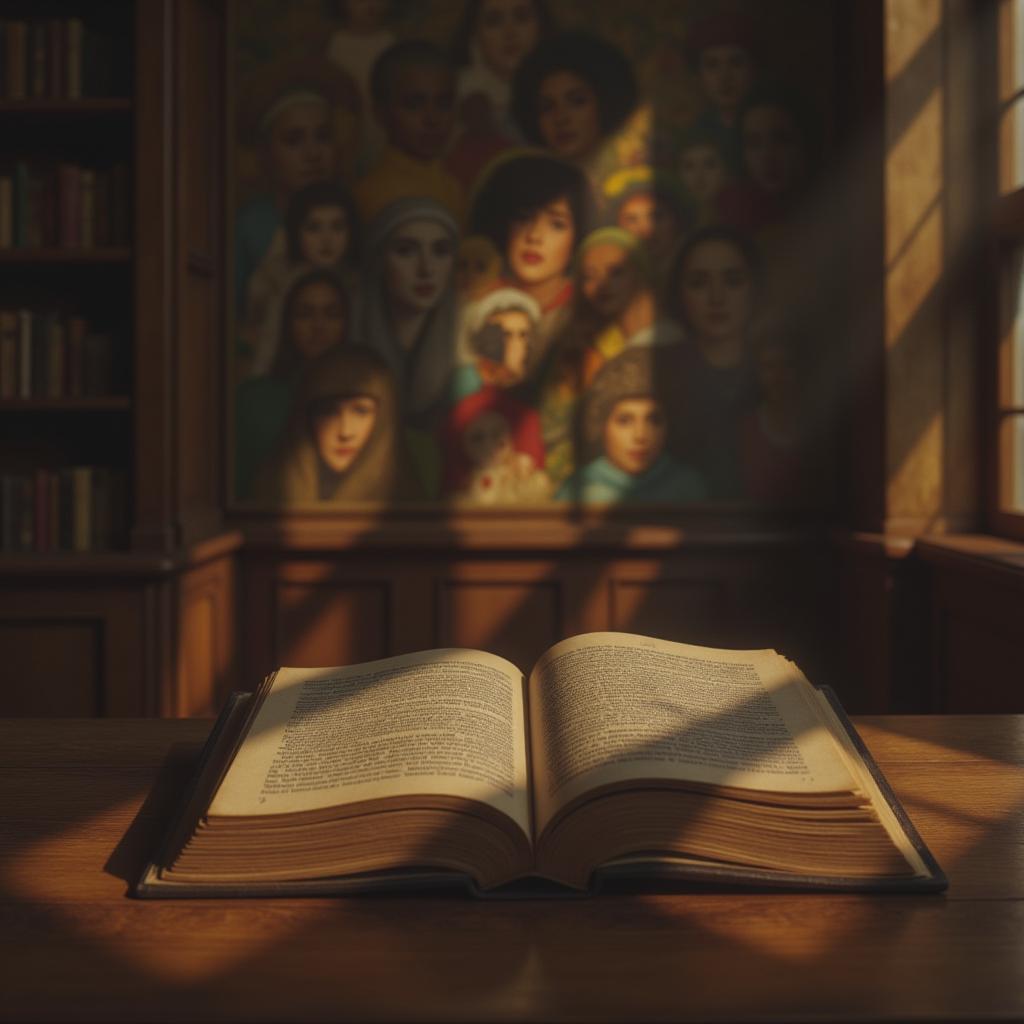
Race isn’t as straightforward as we often assume. In fact, history shows it’s been far more fluid than the rigid categories we use today. Take Carol Channing, for example. Most of us remember her as white, but she had a half-Black father. Back in the day, segregationists would’ve labeled her a “quadroon” — meaning Black. Similarly, singer Halsey, whose father is Black, would’ve been classified as Black under older American norms, regardless of her appearance.
This kind of racial classification has always been messy and, frankly, nonsensical. It’s caused endless confusion and suffering, leaving many outsiders scratching their heads. Experts argue that race is more of a social construct than a biological fact. Sure, tiny parts of our DNA can link us to broad geographic regions, but these don’t neatly align with the racial categories we’ve invented.
The Fields sisters, in their groundbreaking book Racecraft, compare race to witchcraft — a made-up concept with no real basis in science. They point out how often we use “race” when we really mean “racism.” For instance, saying “Black Southerners were segregated because of their skin color” shifts the blame from the segregationists to the victims. It’s a subtle but powerful evasion.
While their argument is compelling, it’s not without its critics. Some say dismissing race entirely ignores the small genetic differences tied to geography. But the bigger takeaway is clear: the way we’ve built systems and perceptions around race has been a tangled, unjustifiable mess.
So, what’s the solution? Maybe it’s time to rethink how we classify people altogether. But that’s easier said than done. It means challenging not just outdated ideas but also the new biases we’ve adopted as truths. One thing’s for sure: the past was far less black-and-white than we think — and maybe the present should be, too.
